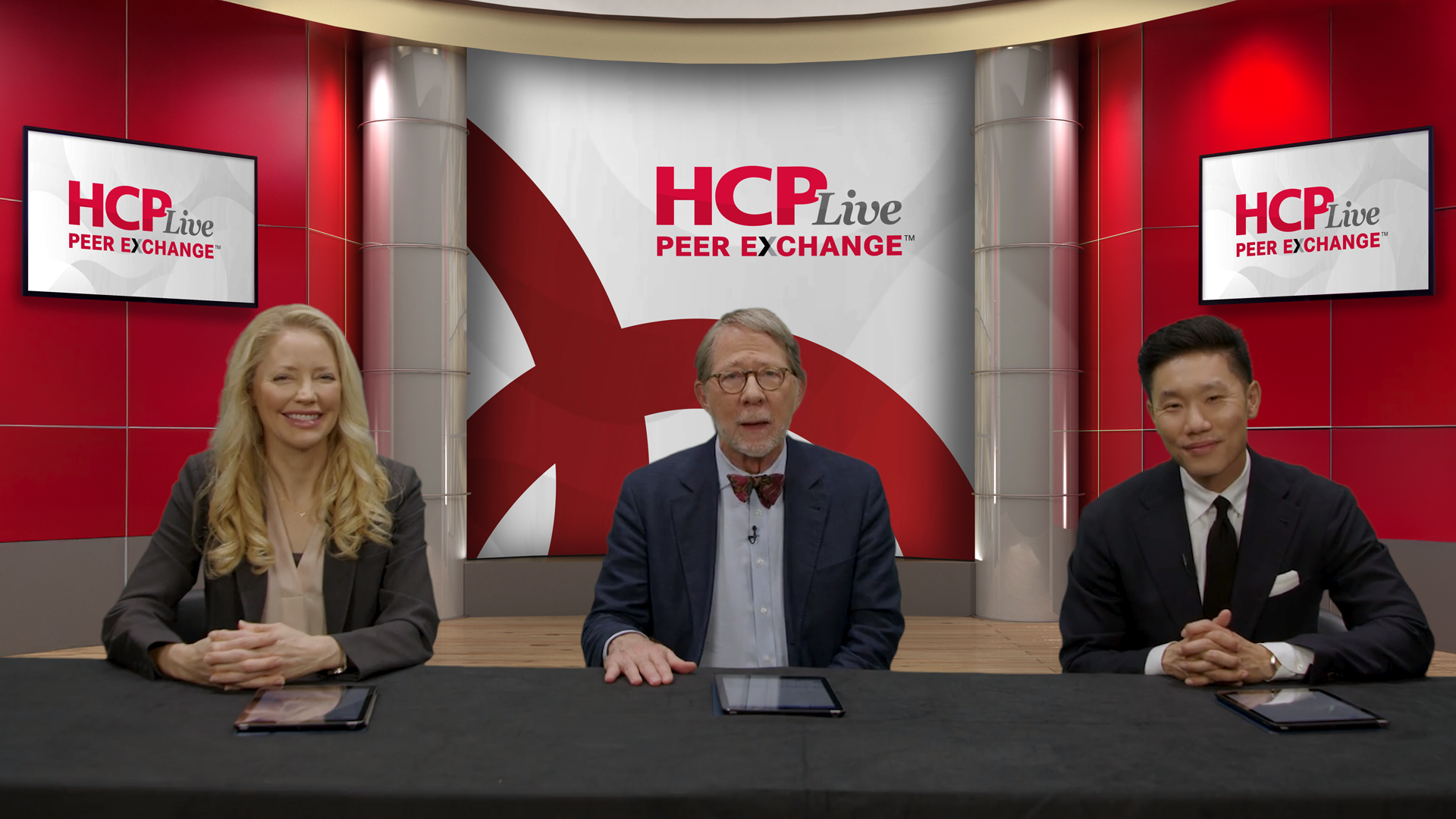If structural damage in psoriatic arthritis (PsA) is not prevented, it leads to significant and often irreversible declines in physical function. Data from sStudies, such as the sub-analysis of the GO-REVEAL trial, have shown a strong correlation between structural damage—measured via joint space narrowing and bone erosion—and a patient’s functional ability, as assessed by the Health Assessment Questionnaire Disability Index (HAQ-DI). In fact, early joint damage scores can predict future functional decline, reinforcing the idea that joint destruction has long-term, irreversible consequences. While Although patients may tolerate pain and fatigue, their primary concern often lies in preserving function, —such as being able to perform everyday activities or maintain important roles like such as playing with grandchildren in the future.
The burden of unaddressed structural damage manifests in significant quality of life impairments. The HAQ-DI captures this by evaluating daily tasks like such as dressing, eating, walking, and climbing stairs. For some patients, even simple tasks like such as buttoning a shirt or lifting a glass become unmanageable. This disability can be deeply validating or distressing, depending on the individual’s progression. The emotional and practical impact is profound, as patients may lose the ability to engage in hobbies, work, or meaningful family interactions. Understanding what each patient values—whether it i’s running marathons or gardening—is essential, so treatment plans can be aligned with preserving those specific capabilities.
Additionally, silent or subclinical joint damage can occur without obvious symptoms like such as pain or swelling. This makes early detection especially challenging but crucial. Advanced imaging tools such as ultrasound can reveal inflammation and erosive changes before patients are aware of any loss of function. Where ultrasound is unavailable, serial xX-rays every 2 to –5 years are a reasonable alternative to monitor for hidden disease progression. Preventing this silent damage through early intervention is key to avoiding long-term disability and maintaining a high quality of life.
